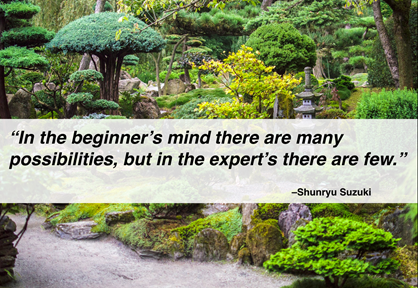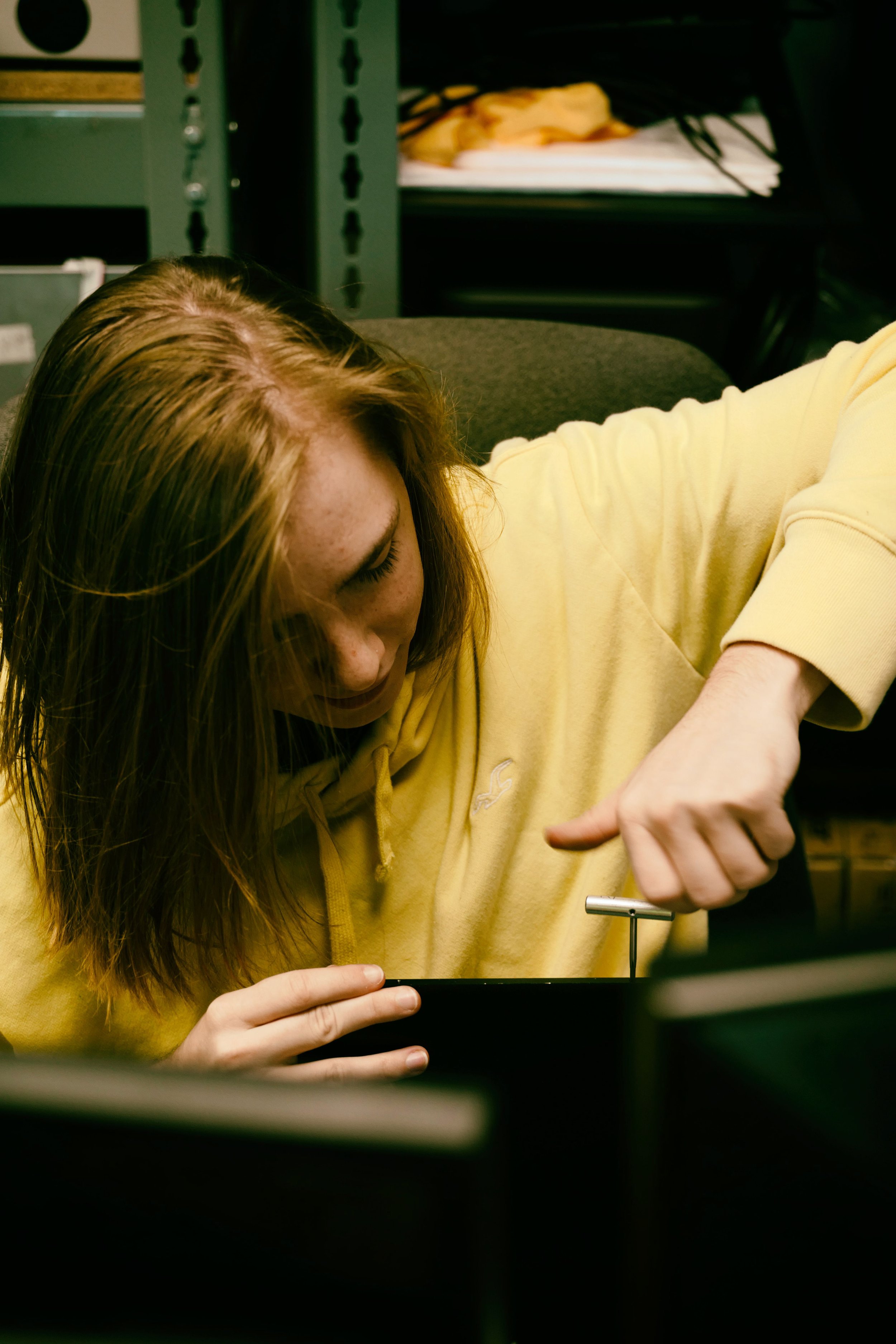7 Easy Facts About Uv/vis/nir Shown
7 Easy Facts About Uv/vis/nir Shown
Blog Article
The Ultimate Guide To Circularly Polarized Luminescence
Table of ContentsSpectrophotometers - An OverviewThe Main Principles Of Circularly Polarized Luminescence The Only Guide for SpectrophotometersThe Greatest Guide To Circular DichroismLittle Known Questions About Uv/vis/nir.

Spectrophotometry is a tool that hinges on the quantitative analysis of particles depending on how much light is taken in by colored substances.
Some Known Questions About Uv/vis.
A spectrophotometer is typically utilized for the measurement of transmittance or reflectance of options, transparent or nontransparent solids, such as polished glass, or gases. Although many biochemicals are colored, as in, they take in visible light and for that reason can be determined by colorimetric treatments, even colorless biochemicals can typically be transformed to colored substances appropriate for chromogenic color-forming responses to yield compounds appropriate for colorimetric analysis.: 65 However, they can also be developed to measure the diffusivity on any of the noted light varieties that usually cover around 2002500 nm using various controls and calibrations.
An example of an experiment in which spectrophotometry is utilized is the decision of the balance constant of a service. A certain chain reaction within a solution might occur in a forward and reverse direction, where reactants form items and items break down into reactants. At some time, this chain reaction will reach a point of balance called an equilibrium point.
7 Easy Facts About Spectrophotometers Shown
The quantity of light that goes through the solution is a sign of the concentration of specific chemicals that do not allow light to pass through. The absorption of light is because of the interaction of light with the electronic and vibrational modes of molecules. Each kind of particle has a specific set of energy levels associated with the makeup of its chemical bonds and nuclei and therefore will take in light of particular wavelengths, or energies, leading to unique spectral properties.
They are commonly utilized in lots of industries including semiconductors, laser and optical production, printing and forensic examination, as well as in labs for the research study of chemical substances. Spectrophotometry is typically utilized in measurements of enzyme activities, determinations of protein concentrations, determinations of enzymatic kinetic constants, and measurements of ligand binding reactions.: 65 Eventually, a spectrophotometer is able to figure out, depending on the control or calibration, what substances are present in a target and exactly how much through calculations of observed wavelengths.
This would come as an option to the formerly created spectrophotometers which were unable to take in the ultraviolet properly.
Some Ideas on Spectrophotometers You Should Know
It would be discovered that this did not give satisfying outcomes, therefore in Model B, there was a shift from a glass to a quartz prism which allowed for better absorbance outcomes - circular dichroism (https://pblc.me/pub/3fc0b3e264b77b). From there, Model C was born with a modification to the wavelength resolution which ended up having three units of it produced
It was produced from 1941 to 1976 where the cost for it in 1941 was US$723 (far-UV accessories were a choice at additional cost). In the words of Nobel chemistry laureate Bruce Merrifield, it was "most likely the most essential instrument ever developed towards the advancement of bioscience." Once it became terminated in 1976, Hewlett-Packard created the very first commercially readily available diode-array spectrophotometer in 1979 understood as the HP 8450A. It irradiates the sample with polychromatic light which the sample takes in depending on its residential or commercial properties. Then it is transmitted back by grating the photodiode array which detects the wavelength region of the spectrum. Considering that then, the creation and implementation of spectrophotometry devices has actually increased tremendously and has actually ended up being one of the most ingenious instruments of our time.

The smart Trick of Uv/vis That Nobody is Talking About
The grating can either be movable or fixed.
In such systems, the grating is fixed and the strength of each wavelength of light is determined by a different detector in the range. When making transmission measurements, the spectrophotometer quantitatively compares read review the portion of light that passes through a referral service and a test option, then digitally compares the intensities of the 2 signals and computes the percentage of transmission of the sample compared to the referral requirement.

Report this page